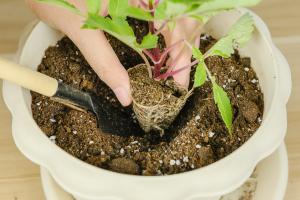Pollinate the crab claw with a cotton swab
1. Pollination premise
Before pollination, observe whether its petals have been fully opened and whether its pistils and stamens are fully developed. As shown in the figure below, the mature crab claw orchid has mucus on the pistil and thick pollen on the stamen. At this time, it can be pollinated
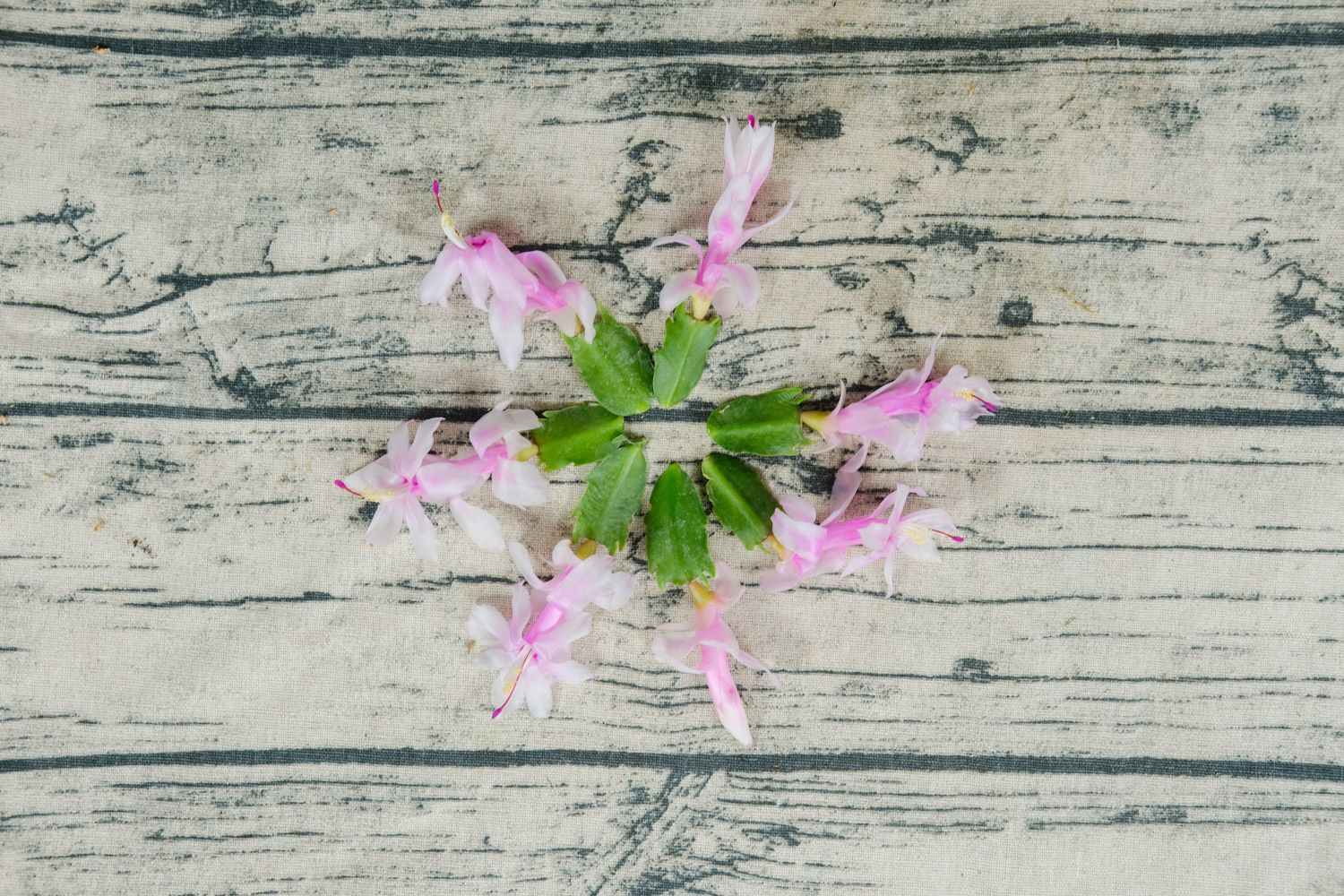
2. Pollination time
If you want to pollinate successfully, you should choose the right time, preferably around 10 a.m. the next day after the flowers bloom, because at this time, the light and temperature are appropriate, and the success rate after pollination is high
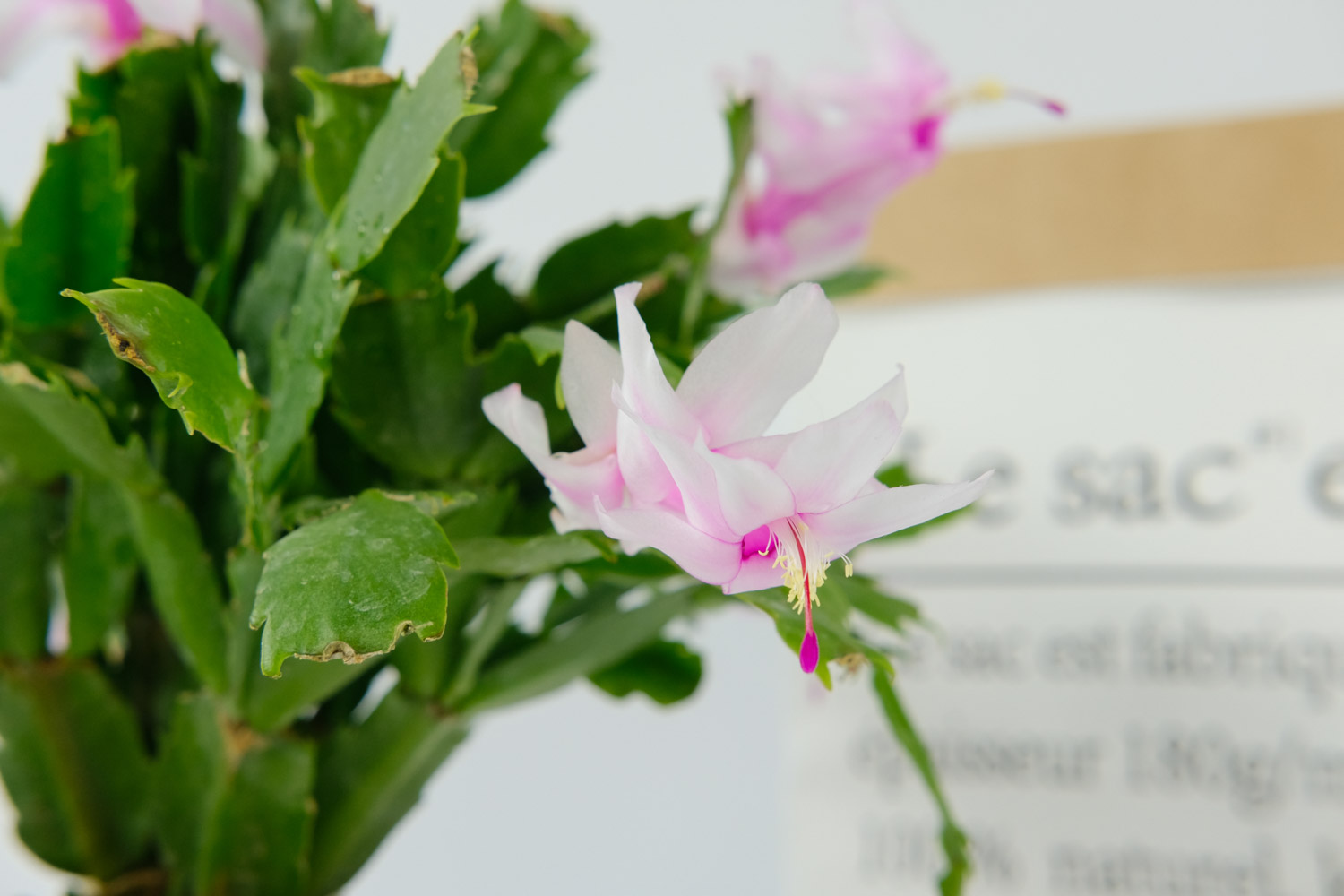
3. Pollination method
Find a clean cotton ball stick and rub the pollen of the yellow stamens (stamens) below onto the head of the red pistil in the middle. As shown in the figure below, the pollen has been rubbed, and there are light colored pollen attached to the pistil in the middle
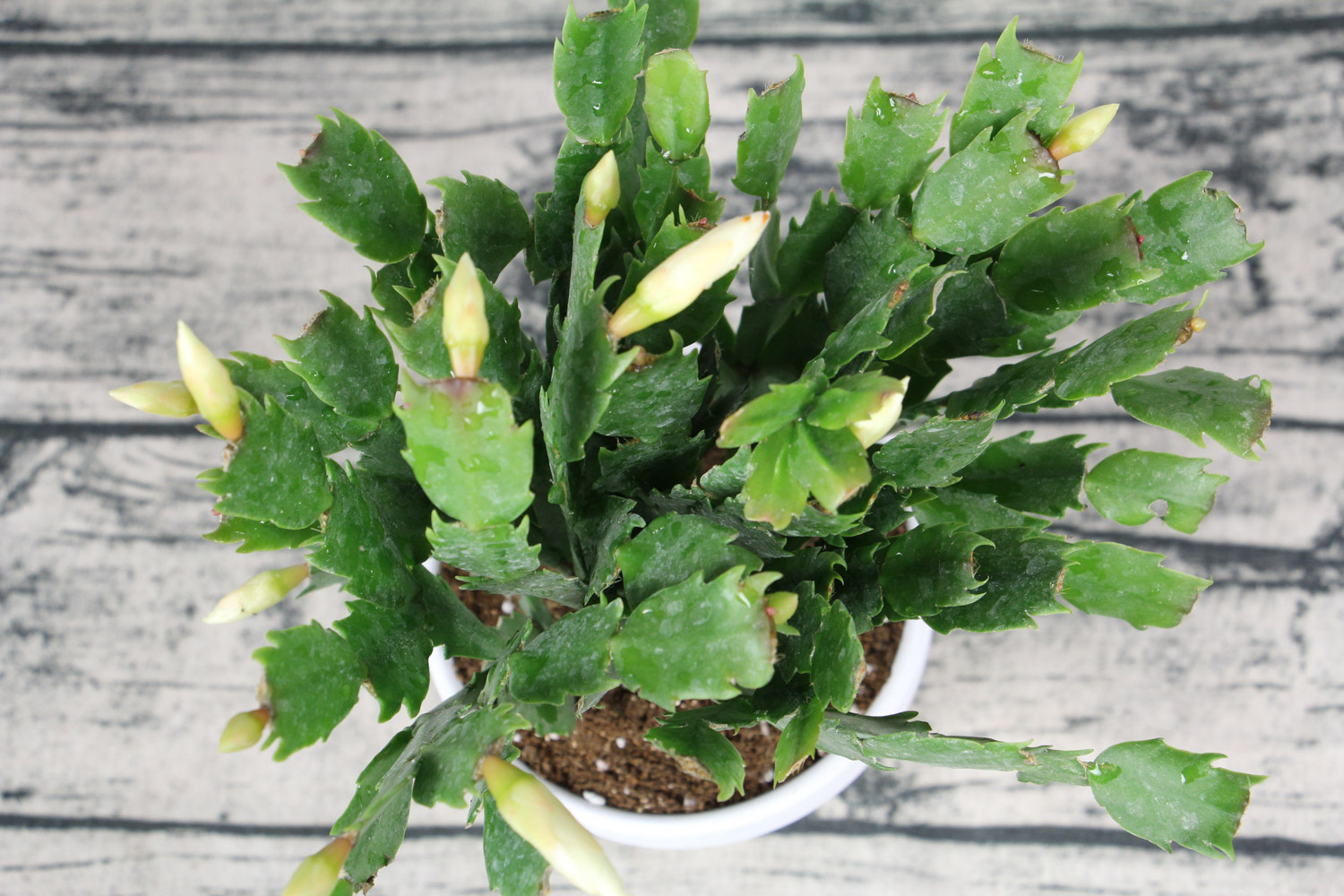
4. After pollination
After pollination, be careful not to let the flowers of crab claw get wet. When the flowers fall naturally, a small seed ball will appear below. After the seed ball grows naturally and turns red, you can pick the seeds
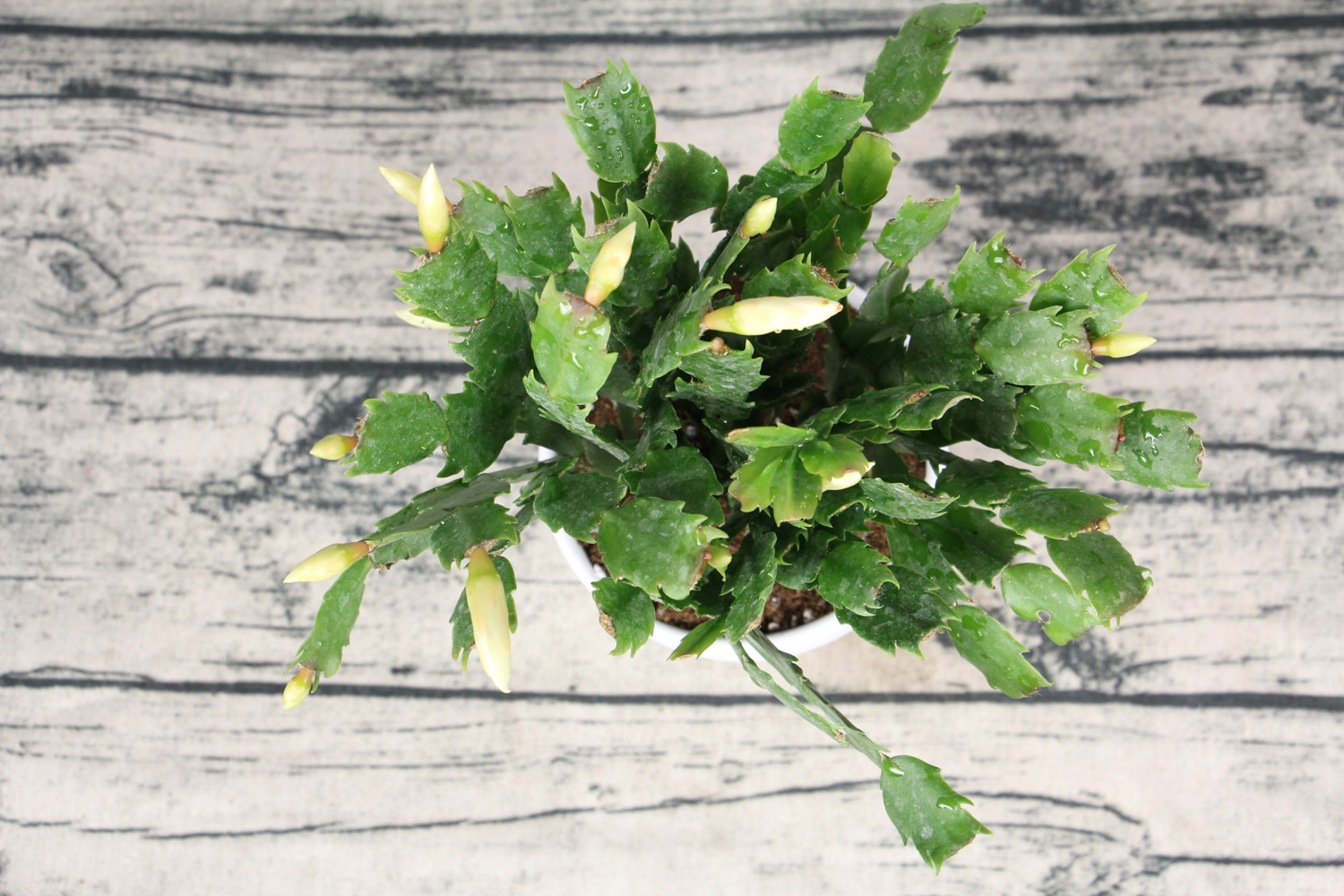
5. Can we cross pollinate
Two different flowers on the same crab claw can also be pollinated, and the seeds are still the original variety. Different varieties of crab claw can also be pollinated, and the seed varieties can not be predicted, and new varieties may appear

6. What is the effect of seed sowing
Crab claw orchid can reproduce by sowing. The sowing rate of self collected seeds is also very high, and the seedlings are normal. In addition to the particularly rare varieties, because it has hybridization instability, there will be a "Atavism" phenomenon when it is reused for seed reproduction
Having said so much, let's try. The seeds of crab claw orchid are like fire dragon fruit. So many small sesame seeds germinate in ten days

Crab claw sowing
The budding rate of crab claw orchid is very high. It is best to sow at more than 15 degrees. If there is heating at home, don't worry. If there is no heating, wait for spring sowing

1. Collect seeds
We must wait until the seeds are completely red before picking. If we are in a hurry, we can't eat hot tofu. Picking before it is ripe is tantamount to white work. Remove the red seeds, which are black "small sesame seeds", and put them on toilet paper to dry

2. Prepare soil
It is best to use sandy soil or coconut bran soil for sowing. Before use, put it in the sun and spray some carbendazim water for disinfection and sterilization. This step can improve the budding rate and prevent rotten buds

3. Sow
Put the dried soil in a basin, spray it wet with a small watering can, and then sprinkle the seeds evenly on the surface without covering or burying them. Just sprinkle them directly. Put it in the shade of the house and spray water regularly for humidification
、
4. Cover with plastic wrap
If the temperature at home is not enough or relatively dry, you can cover it with a layer of fresh-keeping film, which should be poked with several small holes for ventilation

5. Supplementary nutrition
After the sprouts come out, you can bask in the sun for an hour every day. When they grow to 2-3cm high, you can put some slow-release fertilizer particles into them, so as to prevent the seedlings from growing in vain or dying halfway

6. Prepare for transplanting
When the seedlings grow to 5-8 cm high, the original sowing basin is too dense, so it's not good to dig it out and transplant it into a new basin. It's best to add some slow-release fertilizer as base fertilizer at the bottom of the basin. After sowing for half a year, it is basically mature and stable

7. Later maintenance
After successful transplanting, it can be maintained normally. The crab claw can't be directly exposed to strong light. It's enough to dry for 2-3 hours every day. Don't water too often. Watch the soil on the basin become dry and white before watering

8. Grafting
The maintenance of native crab claw is more difficult than that after grafting, because it is easy to black rot if the watering is not well controlled. Interested flower friends can sow first, and then pick and graft after the crab claw grows standard leaves


 how many times do yo...
how many times do yo... how many planted tre...
how many planted tre... how many pine trees ...
how many pine trees ... how many pecan trees...
how many pecan trees... how many plants comp...
how many plants comp... how many plants can ...
how many plants can ... how many plants and ...
how many plants and ... how many pepper plan...
how many pepper plan...
